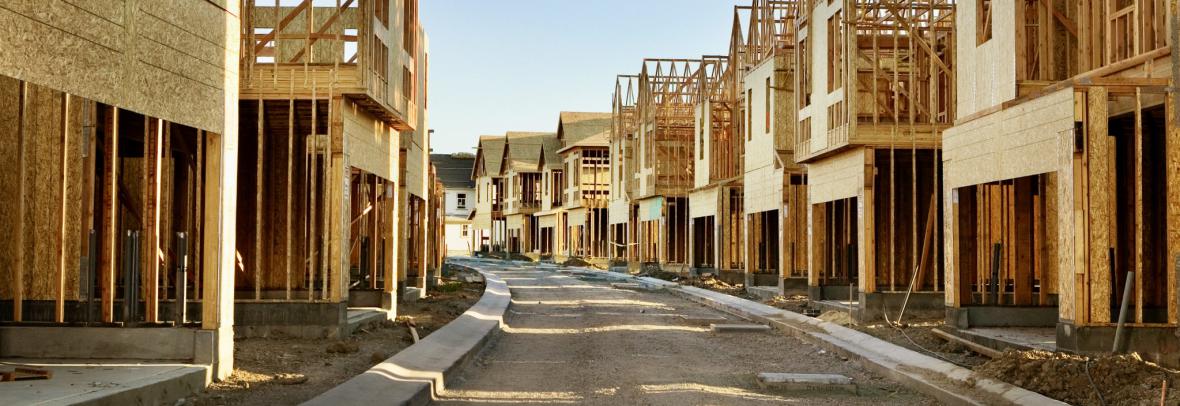
Why is the inventory of for-sale homes so tight? A new analysis by Freddie Mac found that supply will meet demand only if the U.S. adds 3.8M new homes. The housing need now is 52% greater than it was in 2018, just three years earlier – and it’s even worse for entry-level homes.
WASHINGTON – A new analysis by Freddie Mac estimates that the U.S. housing market is 3.8 million single-family homes short of what the country needs to meet demand.
That estimate represents a 52% rise in the nation’s home shortage compared with 2018. It’s the first time Freddie Mac quantified the shortfall. In 2018, Freddie Mac estimated that the United States was 2.5 million units short of what it needed to meet long-term demand.
The figures underscore the severity of the housing deficit, which is a major factor fueling the current red-hot housing market. And the shortage is especially acute for entry-level homes, which makes it more expensive for first-time home buyers to enter the market, says Sam Khater, chief economist at Freddie Mac.
The supply shortage could even hinder U.S. economic growth if it keeps pushing up housing prices and makes it difficult for first-time buyers to enter the market and build wealth, Freddie Mac says.
On the positive side, single-family housing starts rose last year to 991,000 units, the highest rate since 2007. But starts fell in January and February of this year on a seasonally adjusted basis as construction costs rose, according to Commerce Department data.
To achieve the necessary housing goal, home builders would need to construct between 1.1 million and 1.2 million single-family homes a year to meet long-term demand – but the start rate would need to be even higher to shrink the existing deficit, says Rob Dietz, chief economist at the National Association of Home Builders.
Source: Wall Street Journal (04/15/21) Friedman, Nicole
© Copyright 2021 INFORMATION INC., Bethesda, MD (301) 215-4688
Go to Source
Author: kerrys



